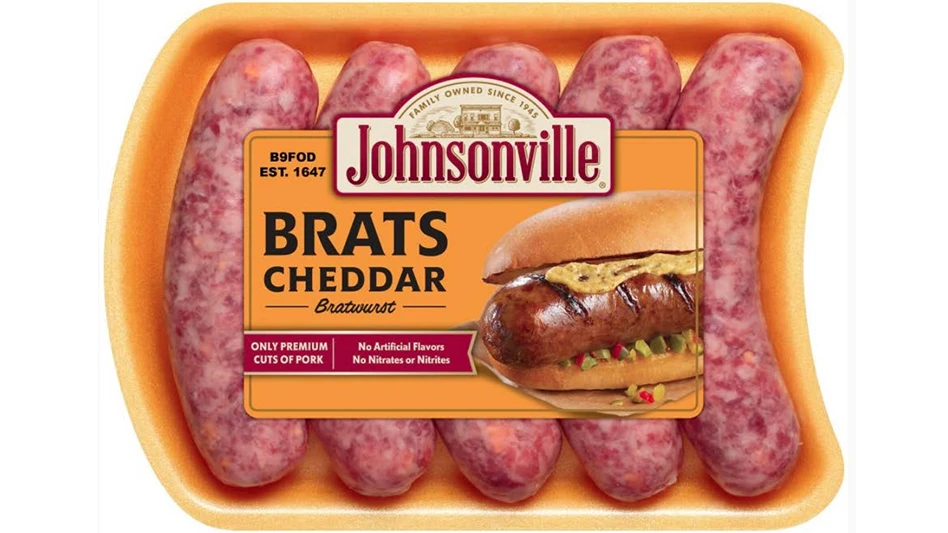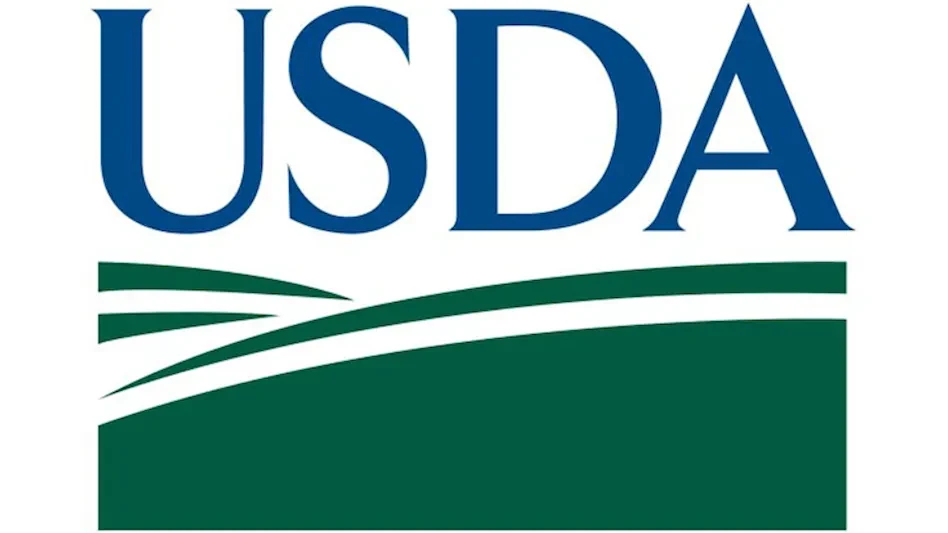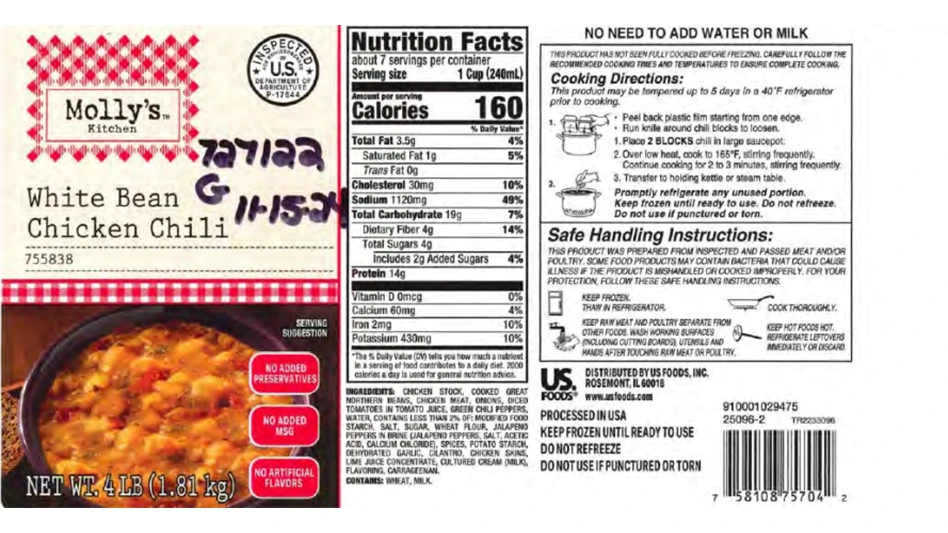What is total cleaning; total being the key word? How does one implement a total cleaning program in a food plant? When does one determine where/when to dry clean, wet clean or both? When do you enter bins, silos and other difficult confined spaces for cleaning? What is contracted? When should you clean equipment out of place? Where should you avoid using pressurized air, steam or carbon dioxide for cleaning? Perhaps you have asked yourself or been asked some of these questions.
What are some practical total cleaning solutions? Total cleaning is that which prevents contamination or adulteration of products made in a food plant. Cleaning is a means to rid an area or surface of dirt, impurities and extraneous matter to a desired level at a desired time. Total is a combination of ongoing cosmetic, maintenance, deep and product contact surface cleanings; a combination of dry and wet cleaning with special equipment, chemicals and sanitizers.
A cleaning program should be designed to be effective and efficient while meeting the individual soil needs of various surfaces. Cleaning equipment is selected to clean and sanitize those surfaces meeting desired levels at desired times.
Food plants with poor sanitation increase the risk of contaminating their products. Contamination may occur as biological (bacteria), chemical (cleaning compounds themselves) and physical (insects). The entire plant and property should be cleaned on a regular basis (cosmetic cleaning) to prevent spill accumulations, assure worker safety while keeping responsibility for cosmetic cleaning to the personnel who created the condition.
Some scheduled cleaning, such as that inside bins, silos and/or other confined spaces, will be specialized and best contracted to a third party. Some wet cleaning systems, related equipment and chemicals are also best kept in the hands of people who do this work full time. The mixing of concentrated cleaning chemicals at formulated rates applied by specific equipment to various surfaces is similar to pest management work. Most applied pesticides used in/around food plants are provided by contracted companies that specialize in this business.
Effective cleaning is designed to meet specific soil types and is sometimes best kept in the hands of people who do this work full time (and are geared up to meet safety requirements). Working with these professionals will help you with a total cleaning program, providing employee training assistance with technical support that will enhance your overall cleaning effectiveness, efficiency and economics.
More cleaning requires more time which requires more labor, equipment, chemicals, tools and overall effort. A knowledgeable person who has completed an approved food sanitation program should be in charge of writing/updating cleaning procedures, policies, practices and plans. Evaluating cleaning should be done in a combination of ways, including organoleptic, chemical and microbiological. SSOPs must be documented, describing why to clean, where to clean, when to clean, what to clean and how to clean.
It should also include: clean with what, sanitize with what specific rotation practices (to prevent microbial resistance), contact time required for cleaning compounds and sanitizers, mixing instructions, tools to use and maintain, detailed procedure for sensitive areas and pieces of equipment, corrective action, etc. Effective SSOPs should be science based. There must be documentation that the cleaning compounds, methods and sanitizing solution being used are effective against certain risk pathogenic organisms such as Salmonella and E. coli.
If you don’t have this knowledgeable person on staff, it is important to tap into the resources of those who are knowledgeable and experienced and specialize in this type of work. Developing and implementing a total cleaning program is an essential requirement in producing a safe wholesome food: in preventing contamination while assuring a safe environment.
An effective, efficient and economical total cleaning program is the result of intelligent effort and teamwork.

Explore the October 2010 Issue
Check out more from this issue and find your next story to read.
Latest from Quality Assurance & Food Safety
- Taylor Farms Linked to Romaine E. coli Outbreak as Marler Clark Files Multiple Lawsuits Against Supplier
- IAFNS Announces Winners of Emerging Leader Awards for Food Safety, Nutrition
- FDA Shares Testing Results for PFAS in Bottled Water
- Provision Analytics Adds Food Safety Expert Jennifer Williams to Strategic Advisory Group
- Boston Sword & Tuna Protects Seafood Safety with Mettler-Toledo Metal Detectors
- IFT Releases New Resources to Aid Food and Beverage Industry in Sugar Reduction
- Yum! Brands CEO David Gibbs to Retire in 2026
- Penn State Extension Offers Short Course on Food Microbiology and Safety for Food Plant Workers





